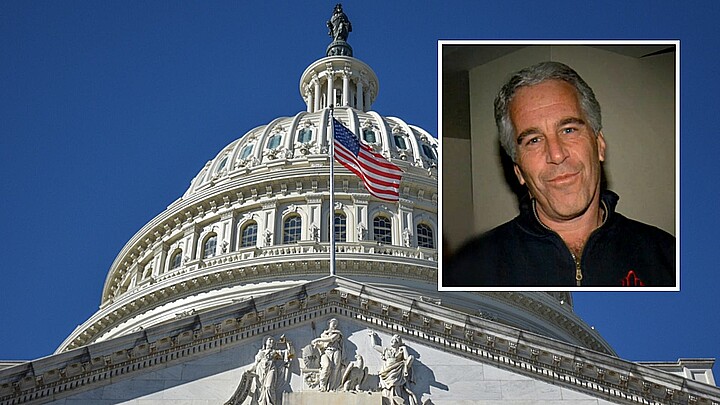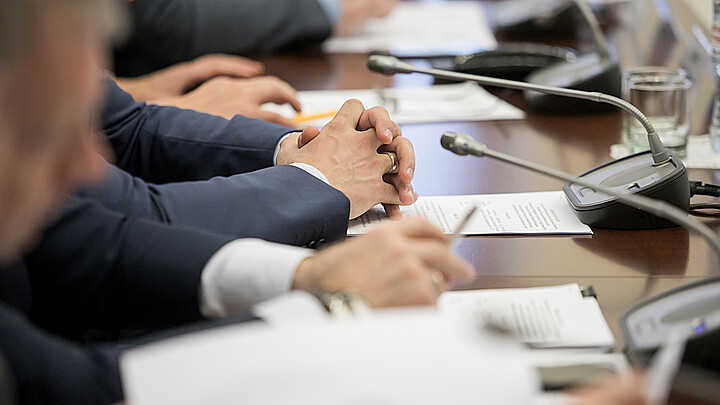Politics
U.S. political party preferences shifted 14 points last year: Gallup
The numbers are likely tied to the changes in popularity of the two men who served as president in 2021
January 17, 2022 12:48pm
Updated: January 17, 2022 3:41pm
There was a dramatic 14-point shift over the course of 2021 of the preferred political party among Americans, according to new polling.
According to a new Gallup report, a nine-point advantage for U.S. adults that identified as Democrats or leaned Democratic at the beginning of 2021 shifted to a rare five-point edge to those who identified as Republicans or leaned Republican by year’s end.
When the four calendar quarters of 2021 are averaged, American’s political party preferences were 46% toward Democrats, 43% Republican. Gallup reported that a slight advantage towards Democrats is typical for recent years.
But the average actually downplays how remarkable the shift is. Both the nine-point Democratic advantage and five-point Republican edge are among the largest Gallup has ever measured since it began collecting party information in 1991.
The results are based on aggregate data across all Gallup telephone surveys in 2021, which included interviews with more than 12,000 randomly sampled U.S. adults. Gallup asks everyone it interviews whether they identify as a Republican, a Democrat, or an independent. It follows up with independents by asking if they lean more toward the Republican or Democratic Party, then combines party identifiers and leaners
The numbers are likely tied to the changes in popularity of the two men who served as president in 2021, according to the report. Republican Donald Trump left office in January with a 34% approval rating – a 10 point drop from Election Day 2020 – due to rising COVID cases and deaths, his rejection of the election results, and the Jan. 6 riot at the Capitol building.
Democrat Joe Biden enjoyed high approval ratings after taking office on Jan. 20 until a summer surge of COVID cases from the new delta variant and the botched withdrawal of U.S. forces from Afghanistan in late August, plus rising inflation. Biden’s approval ratings have been floundering, hitting the low 40s back in September, according to Gallup, to as low as 33 percent according to a recent Quinnipiac poll.
Democratic identification and leaning fell in the third quarter from 49% to 45%, which lines up with misgivings over the chaotic Afghan withdrawal.
Independents remain the largest political group in the U.S. at 42%, compared to Democrats at 29% and Republicans at 27%. Independents first broke 40% in 2011, and have consistently remained over that threshold except in the highly polarized 2016 and 2020 presidential election years.










